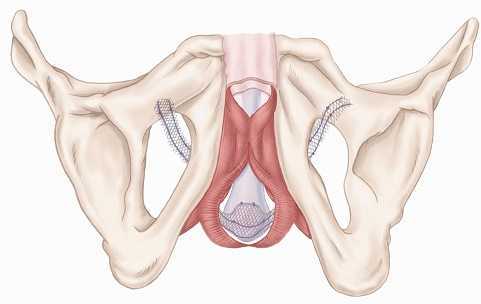Post-prostatectomy Candidates for Transobturator Sling Surgery

Surgery for prostate cancer can impair urinary function, and in the case of persistent urinary incontinence, patients may progress to surgical interventions. In order for physicians to conduct optimal patient counseling and surgical candidate selection for post-prostatectomy urinary incontinence (UI), the records of 95 patients were reviewed in this study. The patients were retrospectively placed into "ideal", n = 72, or "non-ideal", n = 23, categories based on chosen characteristics, and the results of their outcomes and satisfaction were consolidated. Men in the "ideal" group had the following characteristics: mild to moderate UI, external urethral sphincter that appeared intact on cystoscopy, no prior history of pelvic radiation or cryotherapy, no previous UI surgeries, volitional detrusor contraction with emptying of the bladder, and a post-void residual of < 100 mL. Patients who did not meet all listed criteria for the "ideal" group were placed into the "non-ideal" classification.
A cure for the surgery was considered total resolution of post-prostatectomy incontinence with the sling. Of the patients fitting into the ideal classification, 50% reported cure, and of the non-ideal group, 22% reported a cure. Satisfaction rates within the ideal group for the procedure were 92%, whereas the non-ideal group reported a 30% satisfaction. Although uncommon, complications occurring in both groups included prolonged pelvic pain and worsened urinary incontinence. The authors describe the importance of placing the correct amount of tension through the sling, and of leaving as much of the external urethral sphincter in place as possible. Another complication that occurred more frequently is that of acute urinary retention. In the ideal cohort, the 11 cases of urinary retention resolved within 6 weeks of surgery. Of interest is that 12 of the 23 men in the "non-ideal" category had to undergo further surgery with an artificial urethral sphincter.
This information can assist surgeons in guiding and advising patients about operative procedures for post-prostatectomy incontinence. (Ideally, every patient would "fail" a trial of pelvic rehabilitation prior to progressing to a surgery!) If a patient wishes to proceed with a sling surgery despite being in a "non-ideal" category, he could be advised of the known potential outcomes. This article offers support for pre-operative investigation techniques such as urodynamics. Our role as pelvic rehabilitation providers may allow us to discuss such research with patients and providers, and participate in discussions about the role of rehabilitation pre-operatively or post-operatively. If you would like to learn more about working with men who have pelvic floor dysfunctions, you still have time to book a flight to Orlando for the Male Pelvic Floor Function, Dysfunction, & Treatment course, where you can learn about male pelvic pain, incontinence and BPH, and male sexual dysfunction. This is the last opportunity to take this course this year!
By accepting you will be accessing a service provided by a third-party external to https://www.hermanwallace.com/





































